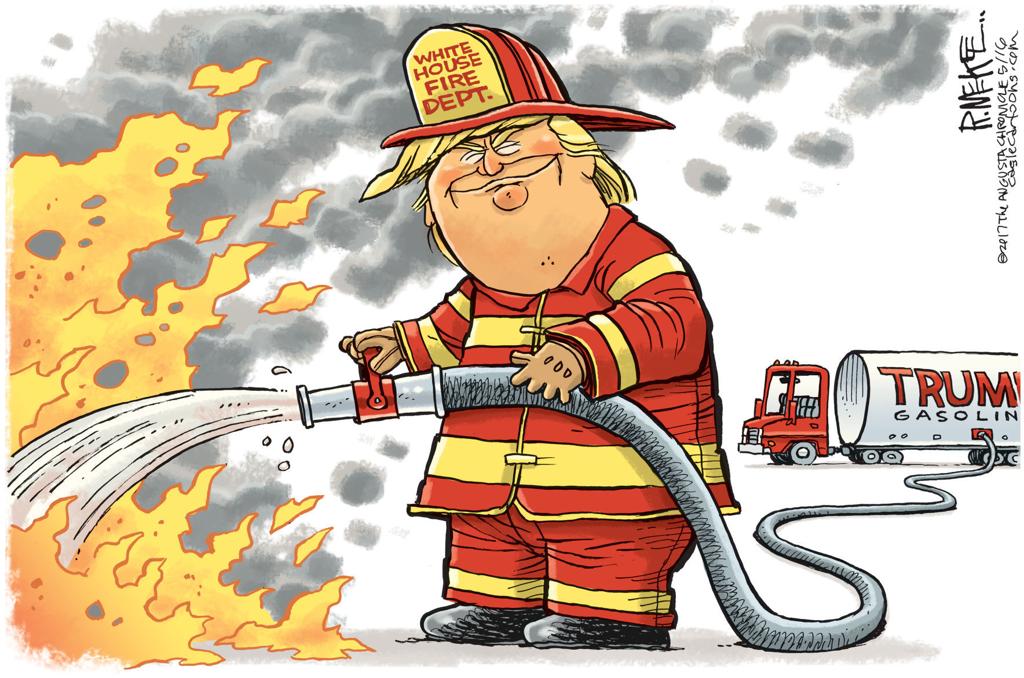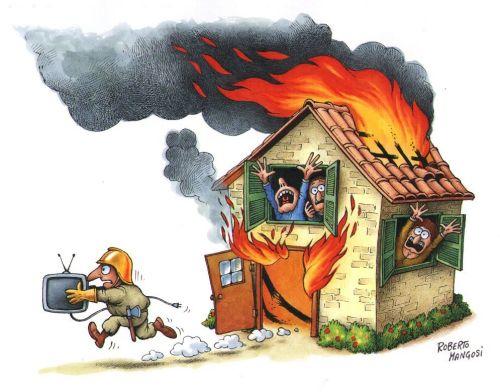Table of Contents
Fire Evacuation Plan for A Family Household
Introduction
Fire Evacuation Plan for A Family Household – Implementing a home evacuation plan and practicing it with your family members at least twice a year can help you stay safe, contact each other, and reunite if separated. The content of an emergency evacuation plan depends on the type of home you live in and the most common fire hazards. Below are key strategies that can help families prepare a fire evacuation plan.
Floor Plan
Create a floor plan of your household showing all possible exits from each room. Plan the main escape route and an alternate escape route from each room, especially bedrooms. When fire strikes, a planned and practiced step-by-step route can reduce panic and confusion.
Choose a meeting place
Devise a meeting place that is outside the home and in a safe location where you can call emergency medical services (EMS). The best place to reconvene is outside the front of your home, where the authorities will arrive.
Implement the plan
Practice a fire drill at least once every six months. Start your fire drill from a bedroom. Sound the alarm and get everyone in your family to participate. Tell your family members not to rush. Monitor the steps taken and coach them through it. After the drill, discuss what took place and how to improve for next time.
Make your fire drill as realistic as possible, practice multiple escape routes. For example, one drill might place a fire in an attic while another might place it in a kitchen. Pretend that there are no lights and that your escape routes are filling with smoke.

Escape Plan
Let the family know that heat and smoke rise so the air by the floor is the coolest and clearest. If they encounter smoke or flames, stay close to the floor. Get down on your hands and knees and crawl to the nearest safe exit.
Explain that before opening any doors, ensure it is safe to do so. Reach up with the back of your hand to touch the door, the door handle, and the space between the door and frame. If any of them feel hot, find an alternate exit. When leaving, close all doors behind you.
If they are trapped
Close all doors between you and the fire. Use blankets or towels to cover vents and cracks between floors and doors. Wait at a window and signal for help by using a flashlight or by waving a bright-colored sheet or cloth. If there is a phone in the room, call EMS, and tell them your whereabouts.
Multi-story houses
Demonstrate how to escape safely from the second floor. Make appropriate arrangements for small children and people with special needs.
Get out fast
Make sure your family knows to leave immediately when they hear a smoke alarm or someone yelling, “Fire” Do not try to take possessions or pets.
Do not go back, no exceptions
Once outside and at the designated meeting place call for help, no one re-enters the burning house. The fire brigade is equipped and trained to handle rescue operations.
Other things to think about
- Pets – Make sure your pets are micro-chipped and have I.D collars.
- Documents – Ensure you have all important items backed up, or in a safe place.
- Muster point – Ensure muster point is in a safe location everyone knows, make a backup muster point as well.
- Mobility limitations – Provide some alternate accommodations.
- Security bars – Family plans for a quick exit.
- Fire alarms – Check and maintain multiple times a year.
- Communication plan – Have appropriate devices present phones, radios.
- Phone numbers – Have a list of emergency contacts and numbers.
Emergency kit
An emergency kit should contain bottled water, non-perishable food, first aid supplies, prescription medications, special medical supplies, and any of your family member’s needs.
Summary
Fire can spread rapidly throughout your home, leaving you with as little as one or two minutes to escape safely once the smoke alarm sounds. A properly prepared family can survive a household fire if trained. A closed-door may slow the spread of smoke, heat, and fire. Install smoke alarms in every sleeping room and outside each separate sleeping area. Install alarms on every level of the home. Pull together everyone in your household and plan. Walk through your home and inspect all possible exits and escape routes. Households with children should consider drawing a floor plan of your home, marking two ways out of each room, including windows and doors.
References
https://www.nfpa.org/Public-Education/Staying-safe/Preparedness/Escape-planning
https://www.toronto.ca/community-people/public-safety-alerts/safety-tips-prevention/home-high-rise-school-workplace-safety/home-fire-escape-planning/
Della-Giustina, D. (2014). 10. In Fire safety management handbook. Boca Raton: Taylor & Francis.
Tactical MOLLE EMT Pouch – GES Medical Utility Bag First Aid IFAK Blowout Pouch
Small size and easy to carry (The red cross medic patch is included in the package)
High strength and durable nylon ripstop fabric, scratch resistant,and not easy to fade after long-term use
IFAK Pouch that contain tight, internal elastic straps and a spacious pocket for vital first aid supplies
Price: $12.88
Harbour Housewares Industrial First Aid Box – Vintage Style 2-Tier Steel Medicine Storage Organiser – Cream
Vintage / Retro styling - lightweight metal with powder-coated finish
Dimensions: Width: 280mm Depth: 218mm Height (inc. handle): 240mm
Easy open lid with elegant handle
Price: $62.99
Adventure Medical Kits Sportsman Series Whitetail First Aid Kit
Clean and close wounds: antiseptic wipes and butterfly bandages for closing small wounds.
Stabilize fractures and sprains: wraps and bandages to immobilize fractures and provide support.
Stop blisters before they start: die-cut Moleskin to protect against the hiker's #1 injury.
Price: $54.95

